Long before smartphones, streaming services, and overscheduled calendars, weekends in the 1970s followed rhythms that now seem almost foreign to modern families. These two days were sacred territory—a time when families reconnected through shared activities that required nothing more than each other’s company and perhaps a few quarters for the arcade. While some traditions have evolved into modern equivalents, many have disappeared entirely, leaving behind memories that feel increasingly distant with each passing decade.
1. The Friday Night TV Lineup

Families across America would gather around the single television set in the living room, often adjusting rabbit ear antennas for clearer reception, to watch the much-anticipated Friday night programming. Shows like “The Brady Bunch,” “The Partridge Family,” and later “The Dukes of Hazzard” weren’t just entertainment—they were communal experiences that everyone watched simultaneously, creating shared cultural touchpoints discussed at school and work the following week. For additional title recommendations, Ranker has a list of some of the best ’70s television had to offer.
Missing an episode meant truly missing it, as there were no DVRs, on-demand options, or easy ways to catch up later. The anticipation of favorite shows created a natural rhythm to Friday evenings, often accompanied by TV dinners on folding trays or special snacks that marked the transition from weekday rules to weekend relaxation. Many adults today can still recall the exact scheduling of shows and the family negotiations about what to watch when interests conflicted.
2. Saturday Morning Cartoon Marathons
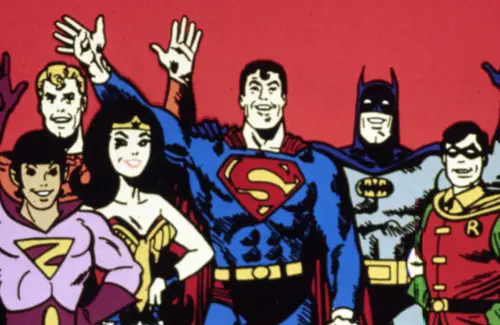
Children of the 1970s didn’t need alarm clocks on Saturdays—they would wake up voluntarily at dawn, often still in pajamas, to catch every minute of the cartoon programming that dominated network television from early morning until around noon. Parents used these precious hours of child distraction for sleeping in, catching up on household tasks, or enjoying rare moments of quiet while their children sat transfixed by Looney Tunes, Scooby-Doo, and Super Friends. Animation Mentor traces what happened to the trend of Saturday morning cartoons, from its Golden Age to today.
The cereal commercial was elevated to an art form during these Saturday morning blocks, creating instant demands for sugar-laden breakfast options with free toys hidden inside. The gradual transition from cartoons to programming like “American Bandstand” or sports around midday served as a natural signal that the morning’s passive entertainment was over and the active part of the weekend should begin. This shared national experience created a generation who can still sing commercial jingles and theme songs that haven’t aired in decades.
3. Sunday Drive Adventures
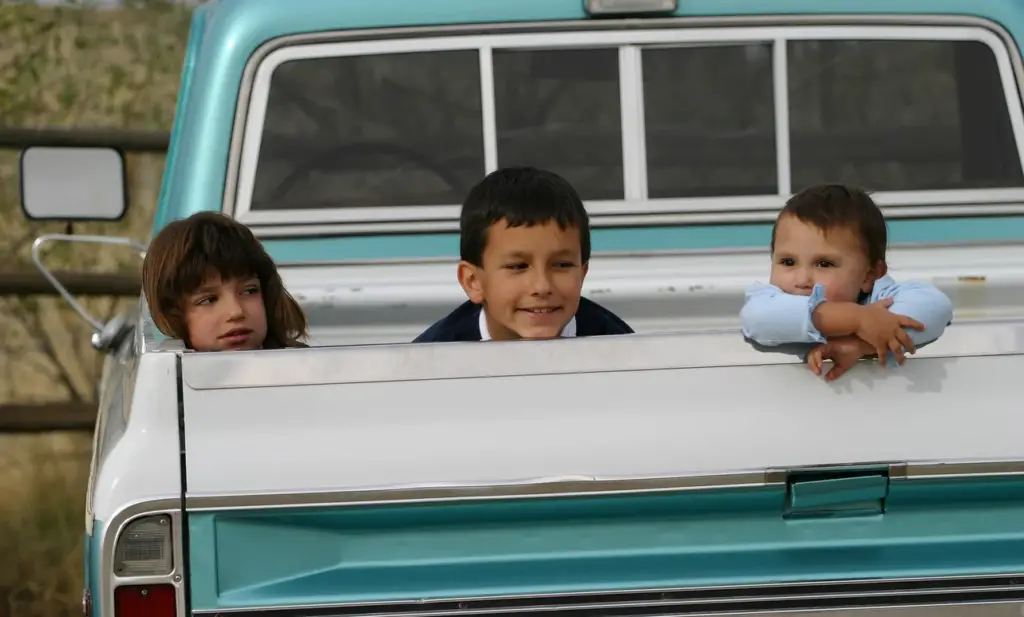
Without GPS or predetermined destinations, families would pile into station wagons or sedans after Sunday lunch for leisurely drives through the countryside or neighboring towns, often with no purpose beyond seeing what they might discover. These drives were as much about the journey as any destination, with parents pointing out landmarks, playing “I Spy” games, or sharing stories about areas they passed through. As noted by Park Record, these Sunday drives themselves were gateways to additional nostalgic memories and trends, like games and music.
Gas was inexpensive enough that aimless driving wasn’t considered wasteful, and the family car ride created a contained space for conversation without the distractions of home. Children fought over window seats, asked “are we there yet?” despite there being no actual “there,” and experienced the countryside beyond their immediate neighborhood in an era before screen-based entertainment made backseat passengers withdraw into individual bubbles. Many adults now treasure these seemingly pointless drives as rare times of undivided family attention and shared discovery.
4. Mall Wandering Without Purpose

Before online shopping and during the golden age of American shopping malls, families would spend entire Saturday afternoons wandering through climate-controlled retail ecosystems without necessarily intending to buy anything significant. The mall was entertainment—a place to people-watch, sample free food court offerings, browse through record stores, and allow teenagers controlled independence as they split off to meet with friends. Los Angeles Times writes that malls may be on the precipice of a comeback thanks to the latest generation learning to appreciate the nostalgic power of these large venues.
Parents might enjoy a coffee while children pressed their noses against toy store windows or tested every display item in Radio Shack. The mall food court represented exotic cuisine for many suburban families, offering Chinese food, pretzels, or ice cream treats that weren’t typically made at home. These mall excursions often concluded with minor purchases—a new cassette tape, a Orange Julius drink, or a trinket from Spencer Gifts—but the experience itself was the primary attraction.
5. Appointment Television Viewing
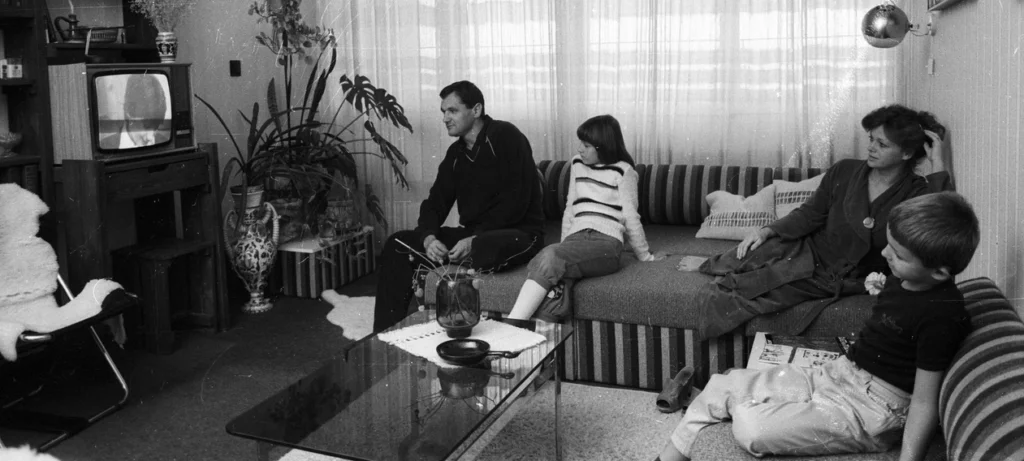
Sunday evenings often revolved around “must-see” television events that aired just once, creating nationwide shared experiences as millions watched shows like “60 Minutes,” “The Wonderful World of Disney,” or “M*A*S*H” simultaneously. These programs weren’t just entertainment but cultural touchstones that would be discussed at workplaces and schools the following day, creating pressure not to miss the initial broadcast.
Families arranged dinner schedules around these programs, sometimes eating TV dinners on special folding trays or moving meals earlier or later to accommodate favorite shows. The communal viewing experience meant family debates about plot points, shared emotional reactions, and sometimes difficult conversations sparked by controversial content—all experiences largely lost in the era of individualized streaming and personal devices. The familiar phrase “Shh, it’s starting!” marked the transition from family chatter to focused attention as everyone settled in for their weekly appointment with favorite characters.
6. Board Game Marathons
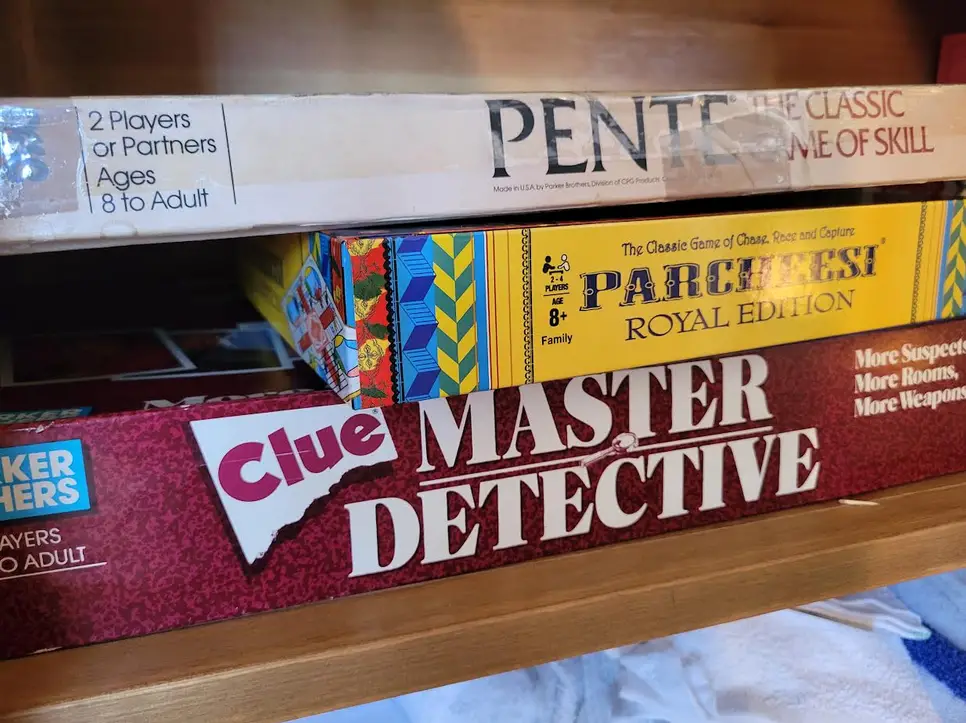
Weekend evenings often featured epic board game sessions that sometimes lasted hours, with games like Monopoly, Risk, or Sorry creating dramatic family showdowns across the living room floor or kitchen table. These analog entertainment experiences taught children about strategy, sportsmanship, and patience while creating family inside jokes and rivalries that lasted decades.
Unlike modern gaming, these experiences were face-to-face social activities where reading opponents’ expressions was as important as understanding game rules. Intense competition often led to dramatic accusations of cheating, occasional board-flipping tantrums, and legendary victories that became part of family lore. The physical components of these games—from the satisfying clack of rolling dice to the colorful play money—created sensory memories that many adults can still recall vividly decades later.
7. Developing the Weekend’s Photos

Monday through Friday photos remained trapped in camera film, but weekend shoots often prompted special trips to the photo counter at drugstores like Rexall or Walgreens to drop off film for development. The anticipation of waiting several days to see how pictures turned out created a sense of suspense entirely absent in today’s world of instant digital photography.
Families gathered around freshly picked-up photo envelopes, exclaiming over successfully captured moments and laughing at inevitable photographic failures like closed eyes or cut-off heads. Photo mistakes were permanent—there was no deleting or filtering unwanted images—which created both disappointment and a more authentic visual record of family life. The limited number of exposures on each roll of film (typically 24 or 36) meant people photographed only significant moments rather than documenting every aspect of daily life, making each developed image more precious.
8. Scouring the Sunday Paper

Sunday mornings often began with the hefty thump of the weekend newspaper hitting the front porch, containing multiple sections that family members would divvy up around the breakfast table or living room. The ritual distribution often followed established patterns—Dad claiming the news and sports sections first, Mom reviewing lifestyle features and coupons, kids fighting over the comics and entertainment pages.
The Sunday paper wasn’t just reading material but a weekend planning tool containing movie listings, TV schedules, sale advertisements, and the all-important coupon inserts that many mothers meticulously clipped and organized. Children learned patience waiting for parents to finish with desired sections and often sprawled on living room floors with the colorful comics spread before them, entering the worlds of “Peanuts,” “Family Circus,” and “Doonesbury” while adults discussed more serious content. The physical newspaper created a shared family experience that balanced togetherness with individual interests—all without a screen in sight.
9. Roller Skating Rink Saturdays

Weekend afternoons often found families at local roller skating rinks where disco balls scattered light across wooden floors and Top 40 hits blasted through speakers, creating multi-generational entertainment before “family-friendly” became a marketing term. Parents might start on the sidelines but often joined in during “couples skates” or family sessions, creating rare opportunities for children to see adults participating in playful physical activity.
The roller rink environment created natural social mixing as children separated from parents to skate with peers while remaining within sight—an early form of supervised independence. Mastering skating skills provided tangible measures of growth as children progressed from clinging to the side rails to confidently navigating backward skates and crossovers. The sensory experience of rented skates, floor wax smell, flashing lights, and music created powerful memory imprints that many adults can instantly recall decades later.
10. The Record Store Pilgrimage

Music-loving families made weekend pilgrimages to local record stores where they would flip through album covers, listen to staff recommendations, and sometimes split up to explore different musical genres before regrouping to negotiate purchases. Record shopping was a tactile, social experience that involved interaction with knowledgeable store employees who often became trusted taste advisors for regular customers.
The limited nature of music budgets meant purchases were considered carefully, often involving family negotiations about which albums deserved precious dollars. Bringing new vinyl home created a listening ritual—carefully removing records from sleeves, placing them on turntables, and studying album artwork and liner notes while experiencing new music as a shared family activity. The physicality of records—their size, weight, artwork, and even smell—created a ceremonial aspect to music consumption entirely different from today’s instant digital access.
11. The Video Arcade Outing

Weekend trips to video arcades in malls or standalone locations created family negotiations around quarter distribution and time management as children and parents navigated the noisy, flashing environments of early gaming culture. These outings represented special treats rather than everyday entertainment, often serving as rewards for good behavior or schoolwork.
Parents frequently watched over shoulders or tried games themselves, creating rare moments of child-led teaching as tech-savvy kids explained game mechanics to confused adults. The physical nature of arcade games—with specialized controls like steering wheels, light guns, or joysticks—created full-body experiences vastly different from today’s home gaming. The quarters disappeared quickly, teaching children harsh lessons about budgeting entertainment dollars and making tough choices about which games deserved precious coins.
12. Home Improvement as Family Projects
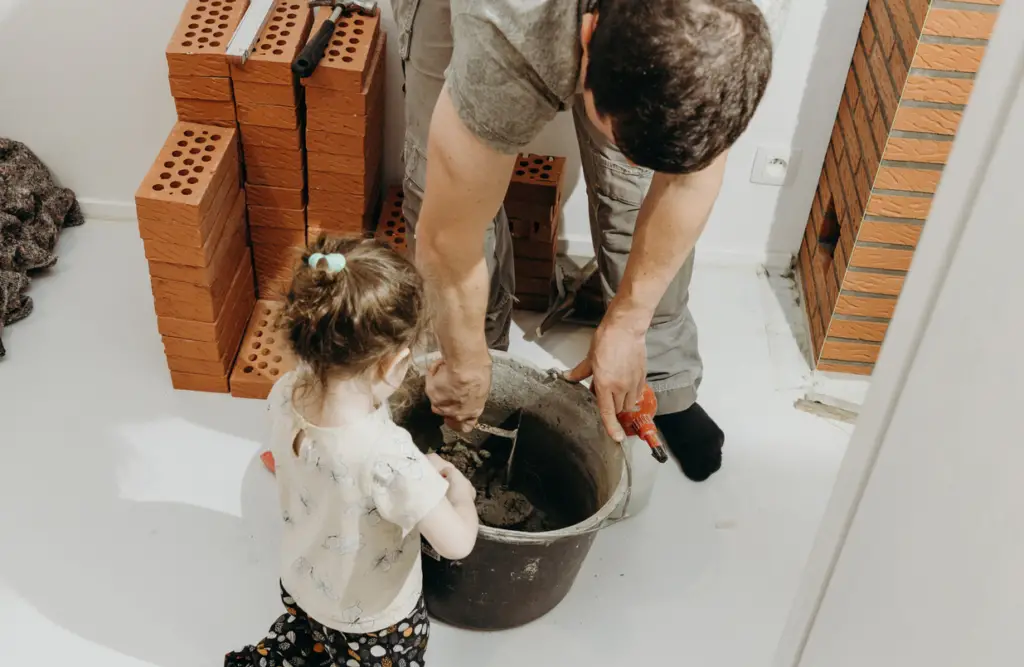
Weekends often meant all hands on deck for home improvement projects, with children assigned age-appropriate tasks as families painted rooms, installed fixtures, or maintained yards without calling professionals for every household need. These projects taught practical skills through apprenticeship-style learning as children graduated from holding flashlights to using actual tools under supervision.
The family hardware store visit was often the first step in weekend projects, with children learning to identify different tools and materials while parents consulted with knowledgeable store staff. These shared projects created visible accomplishments the family could take pride in—”I helped paint that wall” or “I held the ladder when Dad fixed that”—building both practical skills and family cohesion. The time investment in teaching children to participate in household maintenance has largely disappeared in our outsourced service economy, along with the pride of pointing to home improvements with the statement “We did that ourselves.”
The weekend rituals of 1970s family life weren’t just activities to pass time—they were the threads that wove family narratives through shared experiences, inside jokes, and collective memories. What strikes us now isn’t just their absence but how they fostered connection without requiring elaborate planning or significant expense. These simple traditions created natural opportunities for conversation, skill transmission, and relationship building across generations. While modern families create their own meaningful rituals, there’s something to be learned from the unstructured togetherness that defined weekends in an era before digital distraction and overscheduled lives became the norm.


